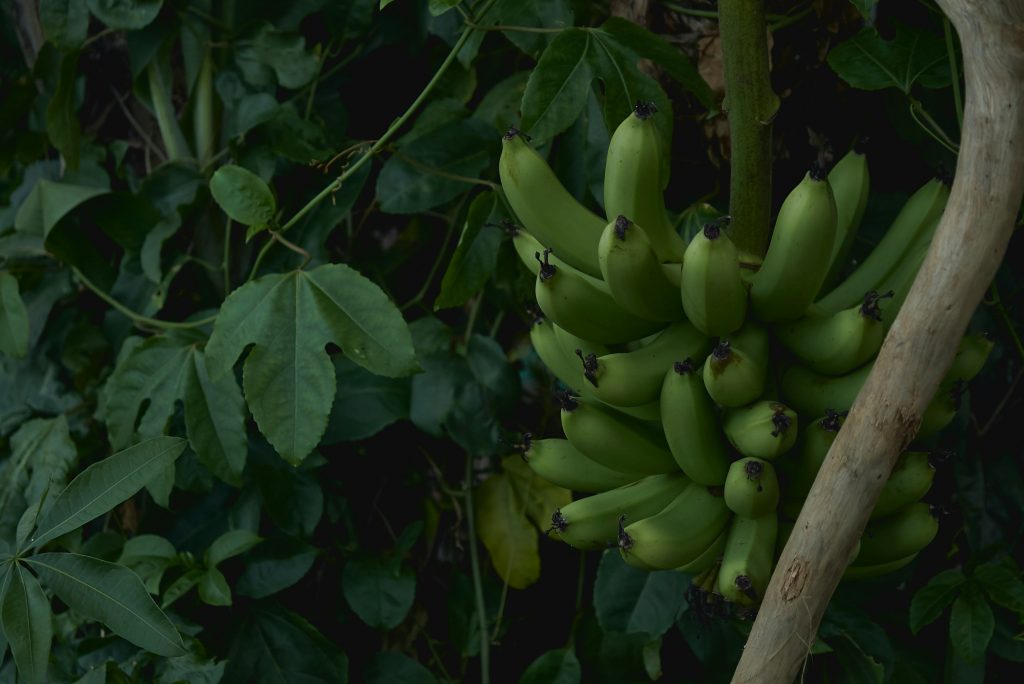September the 27th, 2024 – Croatian bananas, as well as the successful cultivation of other exotic fruits, will soon become a reality according to some. They believe that these fruits will actually do better here than in the countries they’re traditionally grown in and are native to.
As Poslovni Dnevnik/Josipa Ban writes, for most Croatian farmers, 2024 won’t stand out like a great year. Extremely high temperatures have left unprecedented consequences for certain crops. Farmers from across Slavonia report that they will grow corn with an ever lower percentage of moisture in the grain, and about 80 percent of the sugar beet crop has ended up totally destroyed.
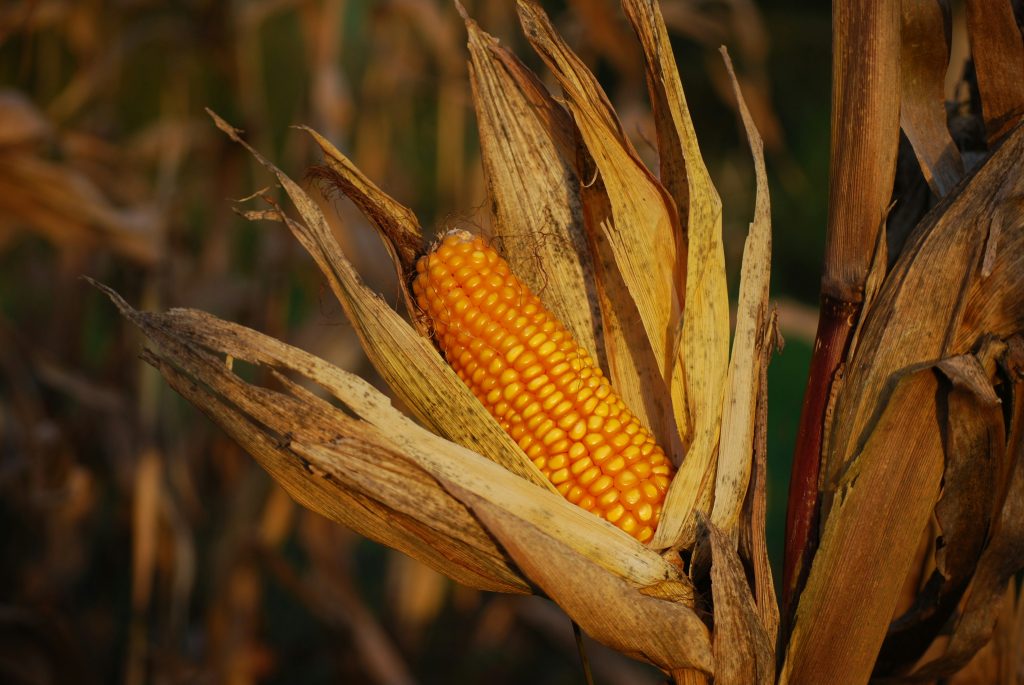
“It’s estimated that the drought and high temperatures led to a decrease in the yield of spring crops by 30 to 90 percent, and of winter crops by up to 30 percent. This year, corn, sunflowers, soybeans and sugar beets suffered the most, primarily due to extremely high temperatures and drought, although the occurrence of hail significantly affected the yields of these crops”, Professor Irena Jug from the Institute for Plant Production and Biotechnology of the Osijek Faculty of Agro-Biotechnological Sciences summarised.
Winegrowers are also facing issues. For them, long periods of drought and strong sunshine should work, but not as extreme as we had it this year. Many say that their yields are now lower, as is the quality of their grapes, and they never went to harvest earlier either.
Tragically, this is all the new normal. Weather disasters caused by climate change is fundamentally altering the most important production in the world – that of food. Farmers who don’t respond and change their approach to production simply will not be able to survive on the market.
Croatian agricultural production will be particularly affected for several reasons. The country is sadly located in an area that is among the most exposed to the impact of climate change. This requires completely new methods, practices and technologies of planting and cultivation, for which many Croatian farmers are not ready.
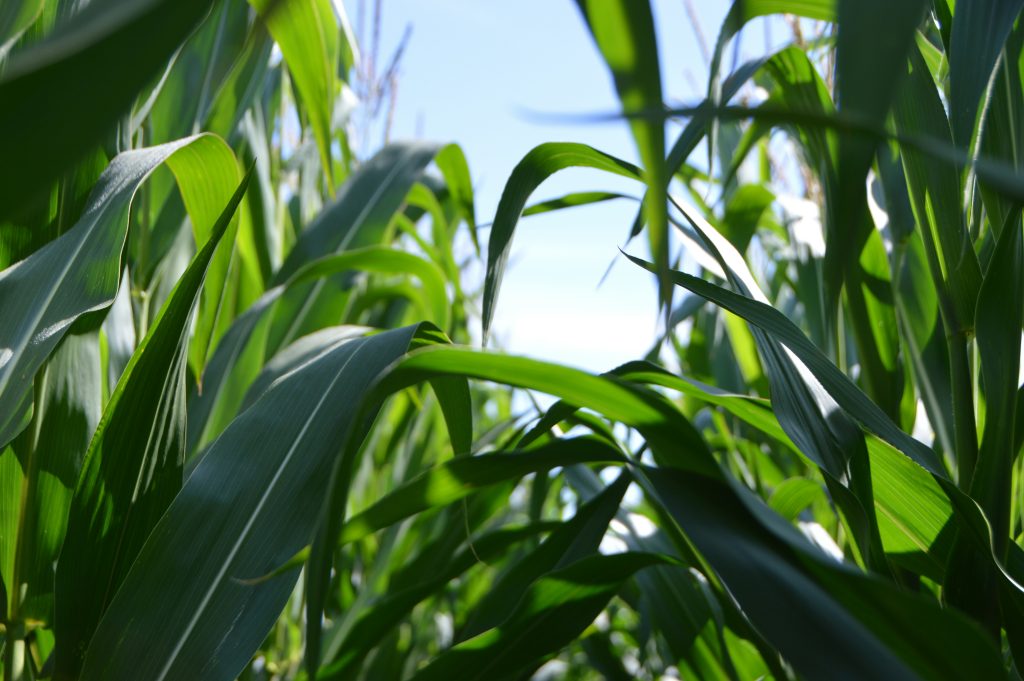
United Nations data for 2018 and 2019 shows us that since the second half of the 19th century, surface temperatures in Europe have risen by almost 2 °C, about 0.9 °C more than in the rest of the world.
“It’s estimated that there will be a clear geographical division of north and south. Countries within southern Europe will be more affected by climate change than countries in northern Europe. Due to climate change, it is expected that by 2050, the yield of current agricultural crops grown in Croatia will be reduced by 3 to 8 percent.
Looking at animal husbandry, climate change and increased dry periods are likely to affect the reduction of milk production, product quality and mortality of animals, their reproductive health and increased susceptibility to diseases. Climatic changes also affect the development of beekeeping, the production of honey and other related products, claims the Study on the Impact of Climate Change on Agriculture published by the Institute for Development and International Relations (IRMO) back in 2022.
The models of the State Hydrometeorological Institute, cited in the same study, predict that by 2040, the ground temperature in Croatia will rise between 1.1 and 1.2 °C. In the period until 2070, the average air temperature will reach a maximum of 2.2 °C. By that same year, the amount of precipitation should decrease in all parts of Croatia and in all seasons, except for winter.
These projections and scientific models only confirm what we’ve been living with for some time. The climate we are all used to is changing, and these changes are resulting in more and more extreme weather conditions. Only last year, Croatian farmers reported damages from natural disasters in the staggering amount of 589 million euros.
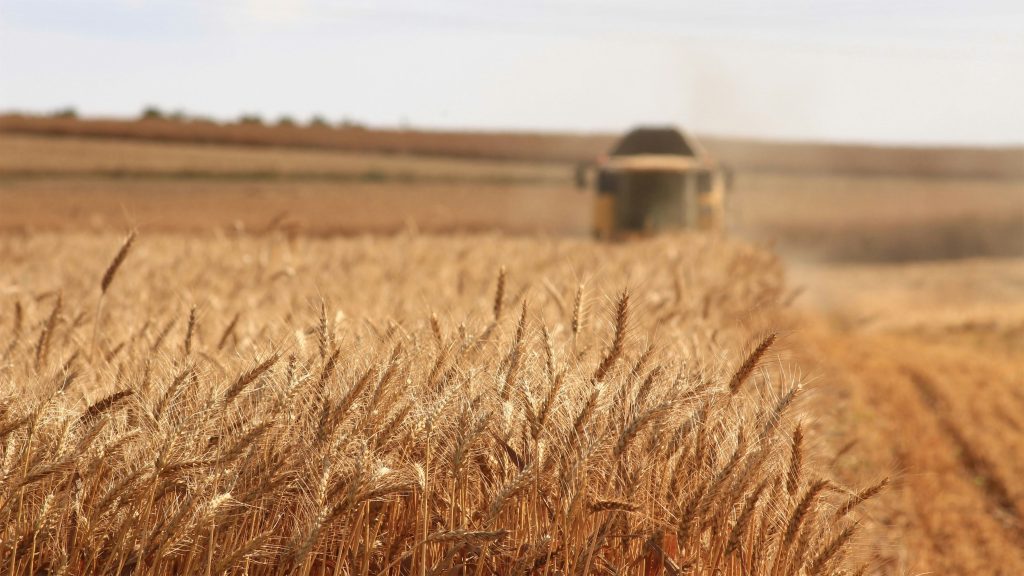
Professor Jug explained that, according to the current situation, as far as agricultural production is concerned, the most vulnerable areas are the coastal parts and eastern Croatia. “However, both the central and western parts are also exposed to extreme conditions,” she stated, adding that all plant species, especially those used for consumption, are sensitive to climatic extremes. He noted however that due to their anatomy, some plant species can more easily tolerate conditions of flooding, heat waves and drought.
“High temperatures are well tolerated by xerophytes, which are more resistant than mesophytes. Among the agricultural plant species, thermophilic species are the most resistant: sorghum, corn, rice, cotton, sunflower, soybeans… Wheat, barley, rye and tomatoes are the most sensitive to high temperatures in both their vegetative and reproductive stages phases. Corn and cotton are very sensitive during the pollination and flowering phases, and legumes are the most sensitive in the reproductive phase of development,” explained Jug.
It sounds terrible, but it seems that not everything is so bleak. According to the professor from the Osijek Faculty of Agrobiotechnical Sciences, the consequences of climate change can also be positive. Croatian bananas and other exotic fruits could become a reality sooner than we might expect.
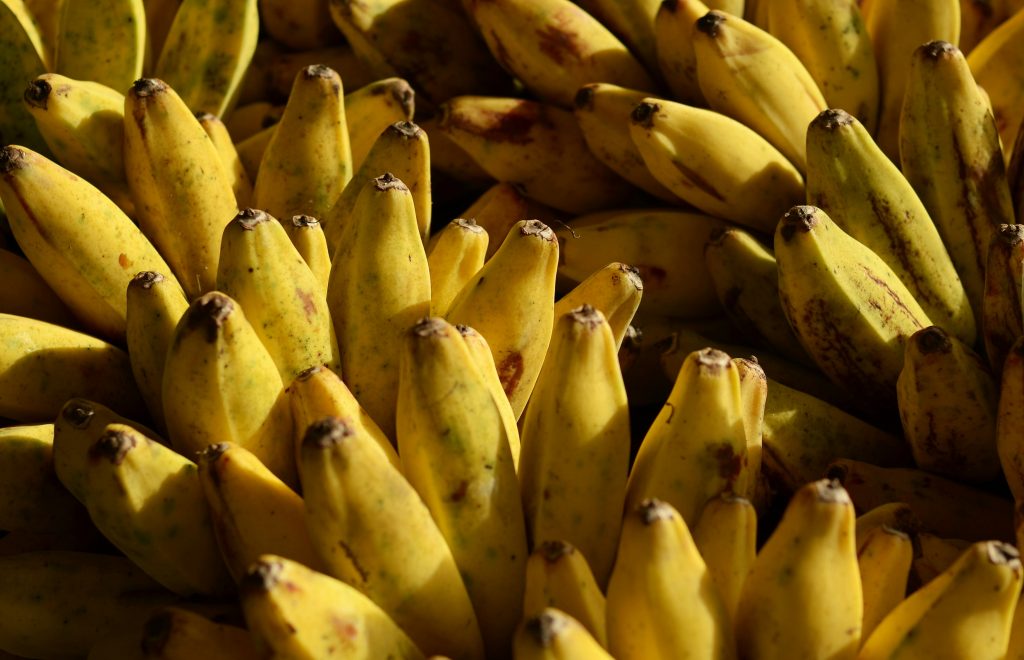
“The production of crops favoured by high temperatures could be increased through increased photosynthesis rate and better carbon accumulation, and potentially have more harvests during the year. There is also a real possibility of growing two or more different crops – after cereals and potatoes, grow corn or soybeans in the same year. The possibility of expanding the cultivation area, as well as the cultivation of tropical and subtropical crops in areas where this was not possible until now, is also positive,” she explained.
Croatian bananas could become a common sight. Bananas are among the most popular fruits to originate from tropical Southeast Asia. Their cultivation was unimaginable in Europe until recently, but we’re seeing more and more banana trees in the gardens of houses across continental Croatia. Professor Jug replied that not only will Croatian bananas be very probably, but that number of other tropical fruits and even pineapples might do well here.
“The climate is changing and in the continental part of the country, especially in eastern Croatia, we’re slowly losing the characteristics of all four seasons. Couple that with the occurrence of extremely high temperatures even in the winter period (compared to the average), then in Dalmatia and on the islands, up in Istria…, there’s a high probability that some new possibilities for growing tropical crops such as mangoes, kiwis, bananas, pineapples, yellow watermelons and other types of fruit will open up, as well as lychees, kabocha squash, kumquats and others.

